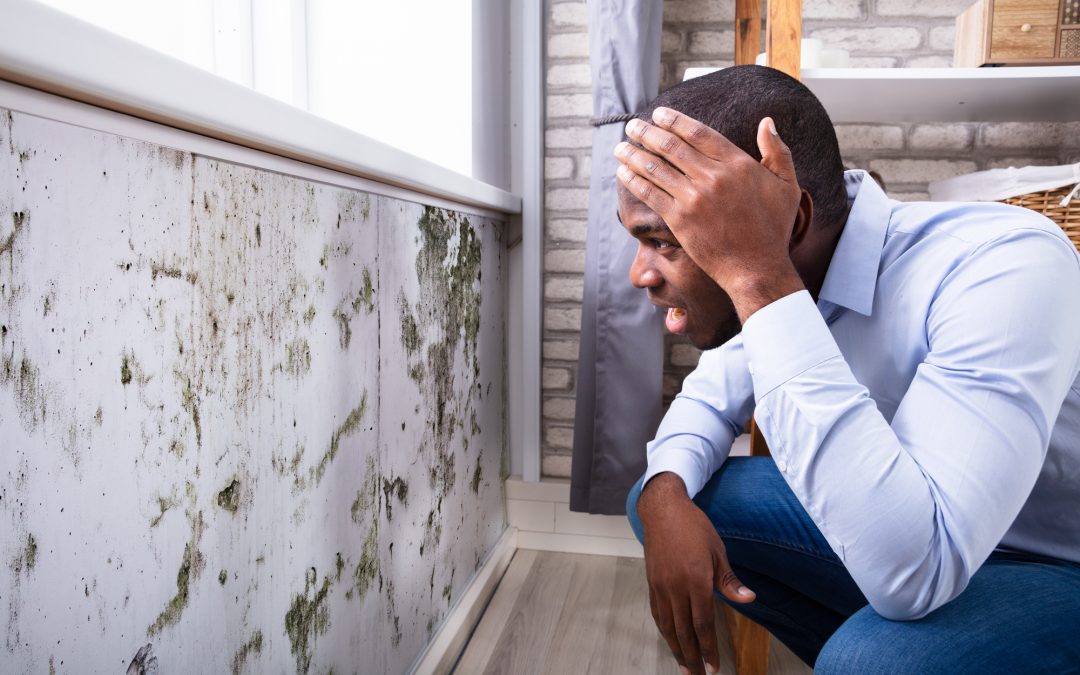Professional Tips for Post Mold Remediation Success
In the world of mold removal, efficiently getting rid of mold and mildew is only half the battle; the true difficulty depends on avoiding its reappearance. Post-remediation initiatives play a critical duty in making sure a mold-free environment in the lengthy term. By sticking to skilled ideas and finest practices, people can safeguard their areas against mold resurgence and preserve a healthy and balanced interior setting. It is in this phase of the removal procedure that attention to detail and positive steps absolutely make a difference.
Display Moisture Degrees Frequently
After completing mold removal treatments, keeping ideal humidity levels is essential to protect against mold re-growth and ensure a healthy and balanced interior setting. High moisture degrees over 60% produce a conducive setting for mold and mildew to thrive, making routine keeping track of an aggressive action to protect against any future mold and mildew issues.
In addition, developing a regular schedule for humidity checks, particularly in risky locations such as shower rooms, cooking areas, and basements, is an aggressive method to mold and mildew avoidance. By continually keeping an eye on moisture levels, property proprietors can properly minimize the risk of mold reoccurrence and keep a healthy indoor atmosphere post-remediation.
Conduct Thorough Inspections Post-Remediation
Complying with the completion of mold remediation procedures, it is crucial to perform thorough evaluations to confirm the performance of the removal procedure. These post-remediation evaluations are critical in guaranteeing that the mold concern has actually been effectively dealt with and that there is no reoccurrence or continuing to be mold and mildew growth. Assessments must be accomplished by qualified specialists who have competence in recognizing mold and mildew and assessing interior air high quality.
Throughout these examinations, numerous techniques such as aesthetic analyses, air tasting, and surface area sampling might be utilized to completely examine the remediated locations. Aesthetic analyses include a thorough evaluation of the premises to inspect for any kind of noticeable indications of mold and mildew development or water damages. Air sampling helps in identifying the air-borne mold spore degrees, while surface area tasting can find mold fragments on surface areas.
Implement Correct Air Flow Techniques
After making sure the efficiency of the mold and mildew remediation procedure via comprehensive evaluations, the following important step is to focus on executing correct air flow approaches. Sufficient ventilation is necessary in protecting against mold and mildew reoccurrence by managing dampness levels and promoting air circulation.
Correct air flow not only help in protecting against mold and mildew development but additionally adds to the total health and comfort of owners. By ensuring appropriate ventilation throughout the residential or commercial property, you why not try this out can decrease the risk of mold regrowth and create a much healthier living setting.

Use Mold-Resistant Products for Repair Works
To enhance the long-lasting effectiveness of mold and mildew remediation efforts, including mold-resistant materials for repair work is vital in alleviating the danger of future mold growth. Mold-resistant materials are developed to hold up against moisture and inhibit mold and mildew development, making them a necessary choice for locations susceptible to moisture and humidity. When repairing locations impacted by mold and mildew, utilizing products such as mold-resistant drywall, mold-resistant paints, and mold-resistant caulking can help protect against mold and mildew recurrence.
Mold-resistant drywall is an exceptional option to standard drywall in locations like basements and washrooms where wetness degrees are higher. When revealed to damp problems, this kind of drywall has a special covering that resists mold growth also. In addition, making use of mold-resistant paints including antimicrobial representatives can further inhibit mold growth on ceilings and wall surfaces.
In areas where dampness prevails, such as bathroom and kitchens, using mold-resistant caulking around bathtubs, windows, and sinks can help seal out water and prevent mold from holding in fractures and gaps. By purchasing these mold-resistant materials during repair services post-remediation, you can considerably reduce the probability of future mold and mildew problems and keep a much healthier indoor setting.
Maintain Sanitation and Address Water Issues
After mold and mildew removal, it is essential mold removal with vinegar to maintain a clean environment to protect against the regrowth of mold and mildew. Leaks, water invasion, or high moisture levels can create the excellent reproduction ground for mold and mildew, so it is imperative to deal with any type of water-related issues instantly.
To keep cleanliness, think about utilizing HEPA filters in vacuums and air purifiers to trap mold and mildew spores and avoid their circulation airborne. Guaranteeing correct ventilation in areas susceptible to moisture accumulation, such as kitchens and shower rooms, can assist maintain moisture degrees in check. By staying attentive about sanitation and dealing with water issues promptly, you can efficiently stop mold reinfestation and preserve a healthy interior atmosphere.
Final Thought

In the realm of mold and mildew remediation, efficiently removing mold is just half the battle; the real difficulty lies in avoiding its reappearance. After finishing mold remediation treatments, keeping basics ideal humidity degrees is vital to protect against mold and mildew re-growth and make certain a healthy indoor setting. High moisture levels above 60% create a helpful setting for mold to prosper, making regular keeping an eye on a positive procedure to prevent any type of future mold concerns.
To boost the lasting efficiency of mold and mildew remediation initiatives, including mold-resistant materials for repairs is critical in minimizing the risk of future mold development. After mold and mildew removal, it is critical to maintain a tidy setting to prevent the regrowth of mold.